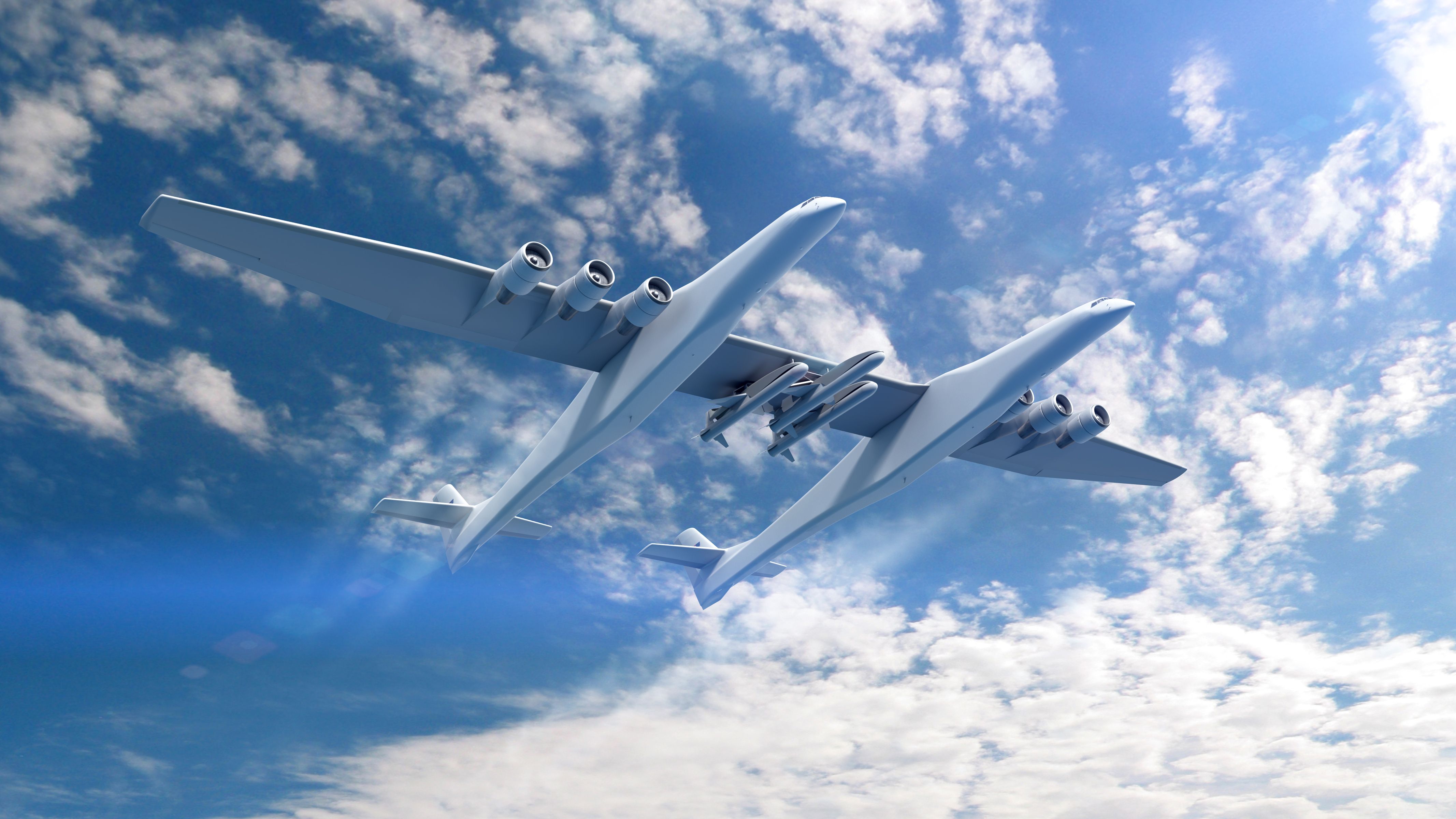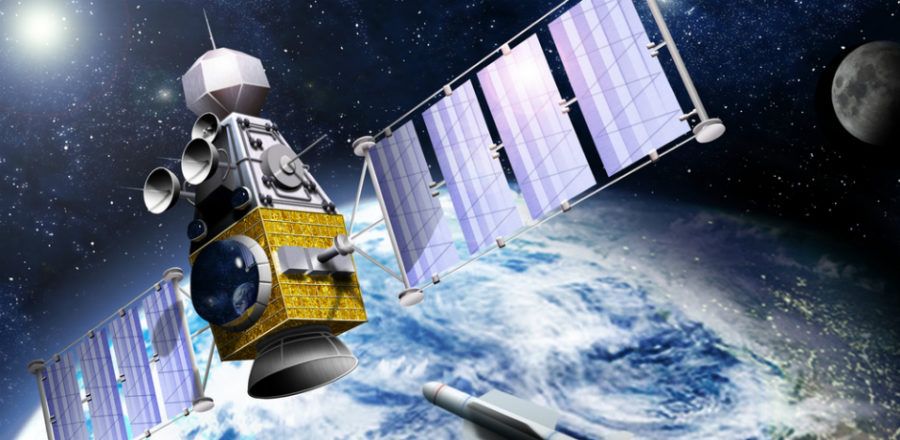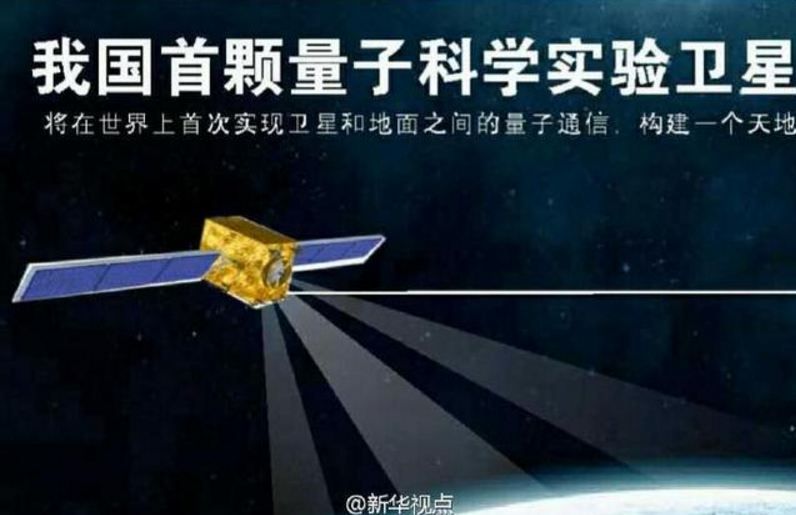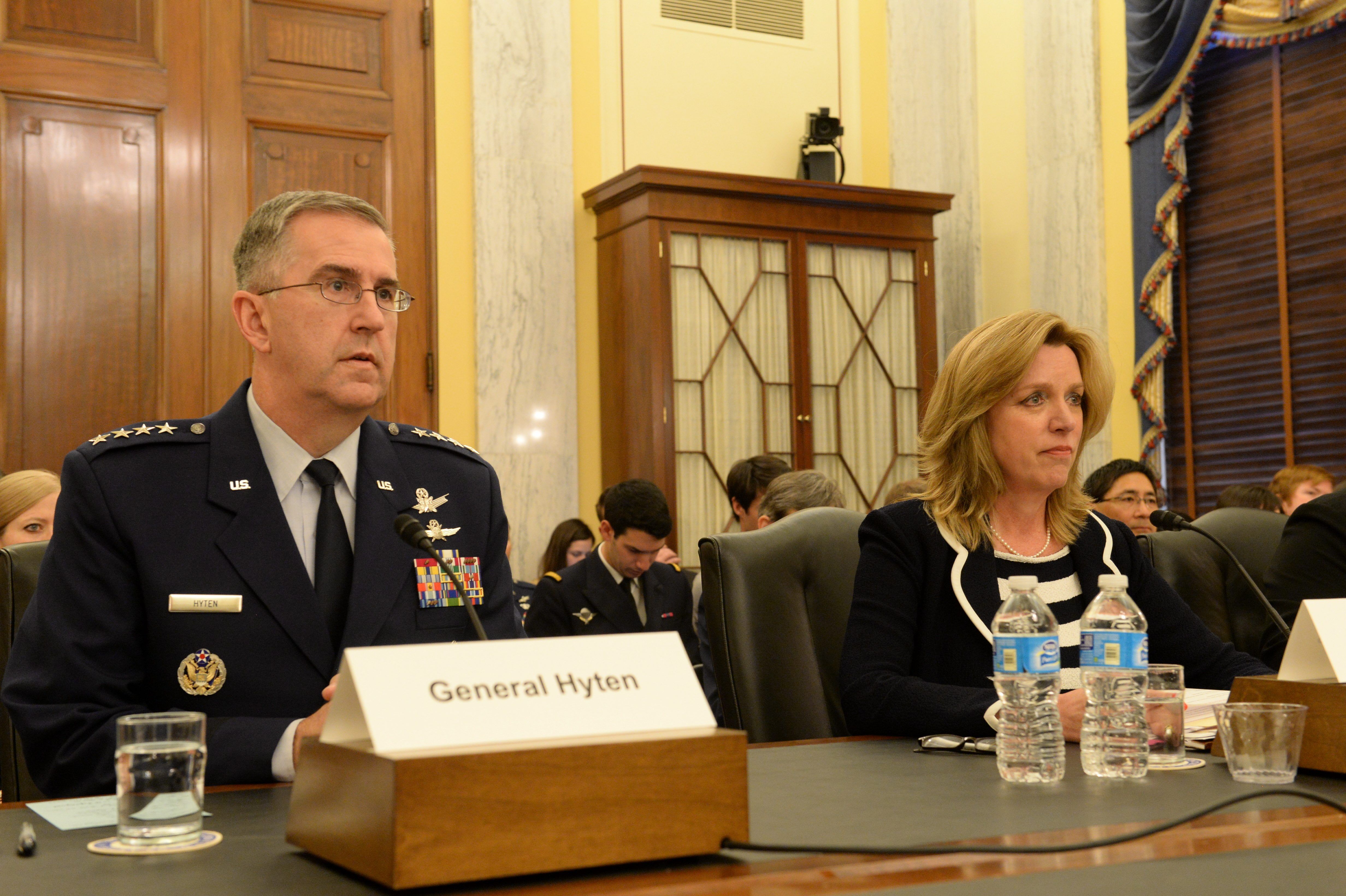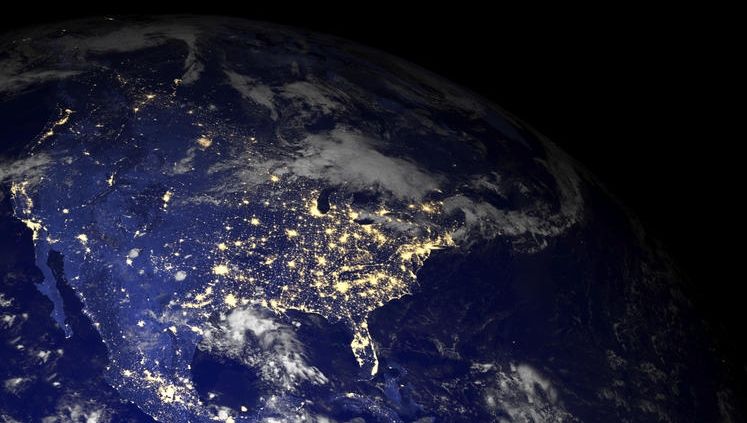Archive for the ‘satellites’ category: Page 175
Oct 6, 2016
Orbital ATK and Stratolaunch Systems Partner to Offer Competitive Space Launch Opportunities
Posted by Klaus Baldauf in categories: business, satellites
DULLES, Va.—(BUSINESS WIRE)— Orbital ATK, Inc. (NYSE: OA), a global leader in aerospace and defense technologies, and Stratolaunch Systems today announced a multi-year production-based partnership that will offer significant cost advantages to air-launch customers. Stratolaunch Systems, in cooperation with Vulcan Aerospace, is responsible for realizing Paul G. Allen’s vision for space.
“The combination of our extensive air-launch experience and the Stratolaunch aircraft has the potential to provide innovative and cost-effective options for commercial launch customers.” Tweet this
Under this partnership, Orbital ATK will initially provide multiple Pegasus XL air-launch vehicles for use with the Stratolaunch aircraft to provide customers with unparalleled flexibility to launch small satellites weighing up to 1,000 pounds into low Earth orbit. Pegasus has carried out 42 space launch missions, successfully placing more than 80 satellites into orbit for scientific, commercial, defense and international customers.
Oct 2, 2016
World War 3 Warning: Space War ‘Challenge’ Looming With China And Russia, U.S. Strategic Command General States
Posted by Karen Hurst in categories: existential risks, government, military, robotics/AI, satellites
A top U.S. general has issued a sobering warning that both China and Russia, given their years of emphasis on upgrading and renovating their space war arsenals, could, in the future, place the United States in a position of weakness if matters were to degenerate into a state of war between the countries. Air Force Gen. John E. Hyten believes that China and Russia have been attempting to outpace the U.S. in military matters with regard to space and that the Pentagon is now moving to counter the foreseen “challenge” of possibly being outmaneuvered and outgunned in space. If a World War 3 scenario were to actualize, he thinks the U.S. should be prepared to meet said challenge.
The Washington Times reported last week that Air Force Gen. John E. Hyten, who has been chosen as the next commander of Strategic Command, told Congress’ Senate Armed Services Committee that the U.S. is moving to counter the threat of a space war disadvantage with China and Russia. He said China and Russia are currently in the process of developing anti-satellite missiles, laser guns, and maneuvering killer space robots that could, once deployed, knock out or incapacitate strategic U.S. communications, navigation and intelligence satellites. As military experts know, these craft are crucial to the maintenance and actionability of America’s high-technology warfare systems.
“The Department of Defense has aggressively moved out to develop responses to the threats that we see coming from China and Russia. I believe it’s essential that we go faster in our responses.”
Sep 24, 2016
China’s Micius Military Quantum Satellite Reports Important Progress
Posted by Karen Hurst in categories: encryption, military, quantum physics, satellites
Quantum encryption uses the principle of “quantum entanglement” to foster communication that’s totally safe against eavesdropping and decryption by others.
The satellite’s true military nature is being disguised under the civilian name, Quantum Experiments at Space Scale, or QUESS. Publicly, QUESS is being billed as an international research project in the field of quantum physics.
Micius or Mozi is operated by the Chinese Academy of Sciences (CAS) while the University of Vienna and the Austrian Academy of Sciences run the satellite’s European receiving stations. The quantum satellite was launched last Aug. 16 from the Jiuquan Satellite Launch Center in the Gobi Desert.
Continue reading “China’s Micius Military Quantum Satellite Reports Important Progress” »
Sep 21, 2016
China, Russia space war weapons on fast track
Posted by Karen Hurst in categories: government, military, robotics/AI, satellites
The nominee to lead the U.S. Strategic Command warned Congress this week that China and Russia are rapidly building space warfare capabilities and the United States is lagging behind in efforts to counter the threat.
Both Beijing and Moscow are developing anti-satellite missiles and laser guns and maneuvering killer space robots that could cripple strategic U.S. communications, navigation and intelligence satellites, the backbone of American high-technology warfare.
Air Force Gen. John E. Hyten, picked to be the next Stratcom commander, told the Senate Armed Services Committee that Chinese and Russian space weapons pose “an emerging challenge” and that the Pentagon is accelerating its efforts to counter the threat.
Continue reading “China, Russia space war weapons on fast track” »
Sep 15, 2016
China to Launch Live-In SpaceLab Today –“Will be Home to Two Astronauts for 30 Days”
Posted by Andreas Matt in category: satellites
China will launch its Tiangong-2 space lab from the Jiuquan Satellite Launch Center on a Long March-2F T2 rocket in northwestern China’s Gobi desert at 10:04 p.m. Thursday as part of an increasingly ambitious space program that aims for a manned space station by around 2022.
Sep 15, 2016
Shocking News Alien Mega structure In Universe
Posted by Andreas Matt in categories: alien life, satellites
Before 3- months ago, news broke that a giant “alien mega structure” could survive around bizarre-looking star 1,500 light-years away. The 1st signs of this space peculiarity came from NASA’s planet-hunting Kepler space telescope, which continually watched the star’s region of the sky between 2009 and 2013. The majority planet-hosting stars looking small, regular dips in light when their planets pass in front of them. But Tabby’s star dipped randomly throughout the 4-years, from time to time losing as much as 20 percent of its brightness. In September 2015, a group led by Tabetha Boyajian of Yale University, who lend the star its informal name, tried to create sense of this strange signal. Ultimately they determined that dust from a huge cloud of comets was the top explanation. Click Below Link To Play Video Online Shocking News Alien Mega structure In Universe Video;
A month later, the star complete headline crossways the globe thanks to a paper by Jason Wright of Pennsylvania State University and his fellows, who suggested that “alien mega structures”, such as satellites designed to gather light from the star, could be responsible for the signal.
While the scene of aliens was 1st launched by Penn State Scientist Jason Wright, almost everybody in the astronomy the people agreed that the chances that this was the case were “very low.”
Continue reading “Shocking News Alien Mega structure In Universe” »
Sep 13, 2016
Sky and Space purchases four Virgin Galactic missions for nano-satellite launch
Posted by Karen Hurst in category: satellites
The company will launch 200 miniature satellites through Virgin’s LauncherOne in order to provide mobile coverage to those living in remote areas worldwide.
Sep 12, 2016
Auroras Seen Moving to the Rhythm of Earth’s Magnetic Field
Posted by Karen Hurst in categories: electronics, satellites
The majestic auroras have captivated humans for thousands of years, but their nature – the fact that the lights are electromagnetic and respond to solar activity – was only realized in the last 150 years. Thanks to coordinated multi-satellite observations and a worldwide network of magnetic sensors and cameras, close study of auroras has become possible over recent decades. Yet, auroras continue to mystify, dancing far above the ground to some, thus far, undetected rhythm.
Using data from NASA’s Time History of Events and Macroscale Interactions during Substorms, or THEMIS, scientists have observed Earth’s vibrating magnetic field in relation to the northern lights dancing in the night sky over Canada. THEMIS is a five-spacecraft mission dedicated to understanding the processes behind auroras, which erupt across the sky in response to changes in Earth’s magnetic environment, called the magnetosphere.
These aurora images were taken in 2013 from the ground looking up with a network of all-sky cameras spread across Canada, studying auroras in collaboration with THEMIS. Taking images of aurora from the ground in conjunction with satellite data taken from above the atmosphere gives scientists a more comprehensive picture of how and why auroras form.
Continue reading “Auroras Seen Moving to the Rhythm of Earth’s Magnetic Field” »
Sep 12, 2016
Tiangong-2: Second space lab
Posted by Karen Hurst in categories: biological, physics, satellites
China’s 2nd spacelab launches next week. Now, I wonder how QSS will be leveraged given the note on new communication capabilities as well as other types of experiments that can be conducted.
Chinese space agency is all set to launch its second spacelab Tiangong-2 next week. Long March 2F rocket will lift up the spacelab and both the entities have been transported to the launch pad located at the Jiuquan Satellite Launch Center, yesterday. Tiangong-2 will test life support systems and refueling technology for its 60 ton modular space station.
Tiangong-2 will be placed in an orbit of 393 kilometers above the Earth and it will help in studying fundamental physics, biology, fluid mechanics in microgravity, space science and will monitor Earth from space. In addition, it has the capability to measure the topography of the oceans with very high precision which will enable scientists to study Earth’s gravity field.

